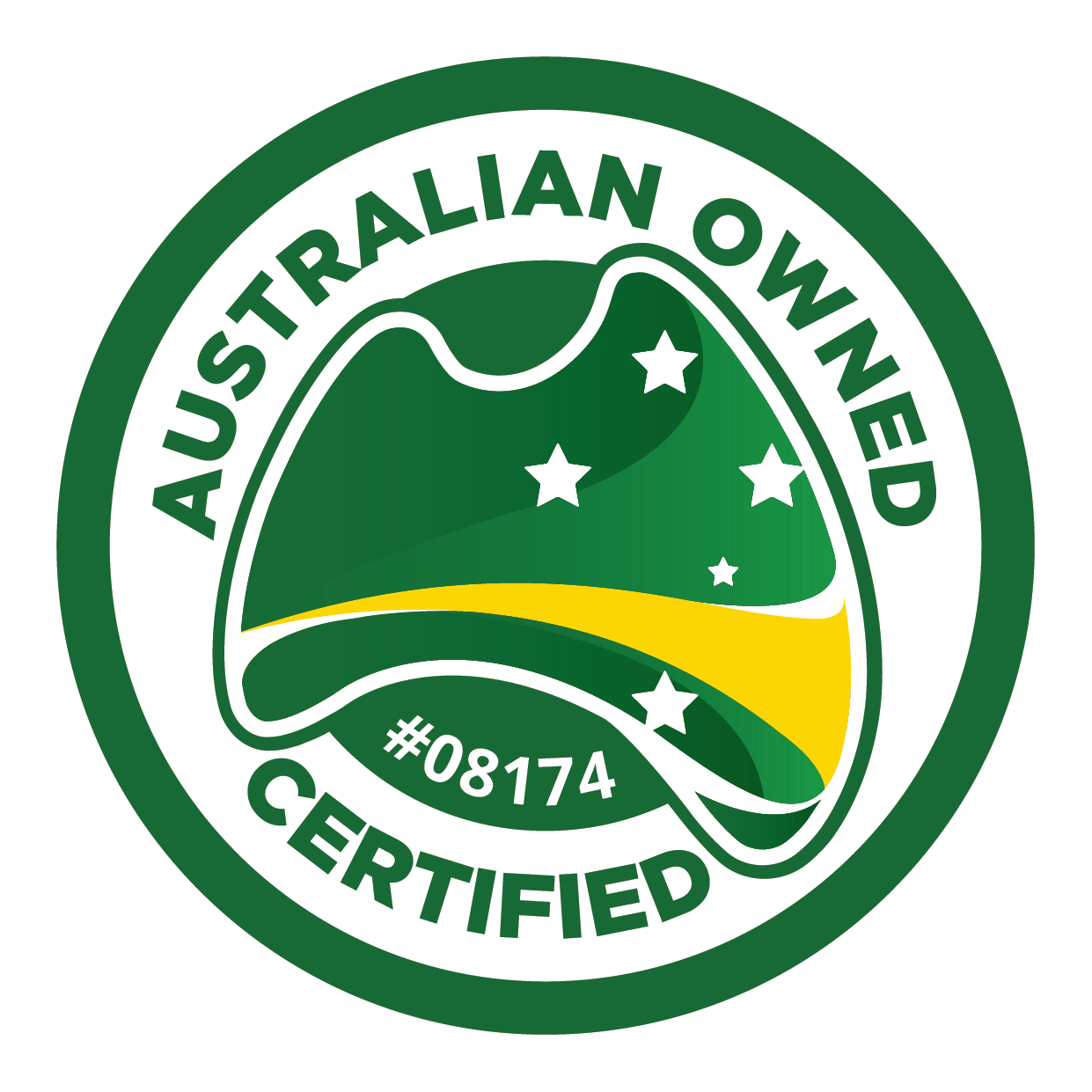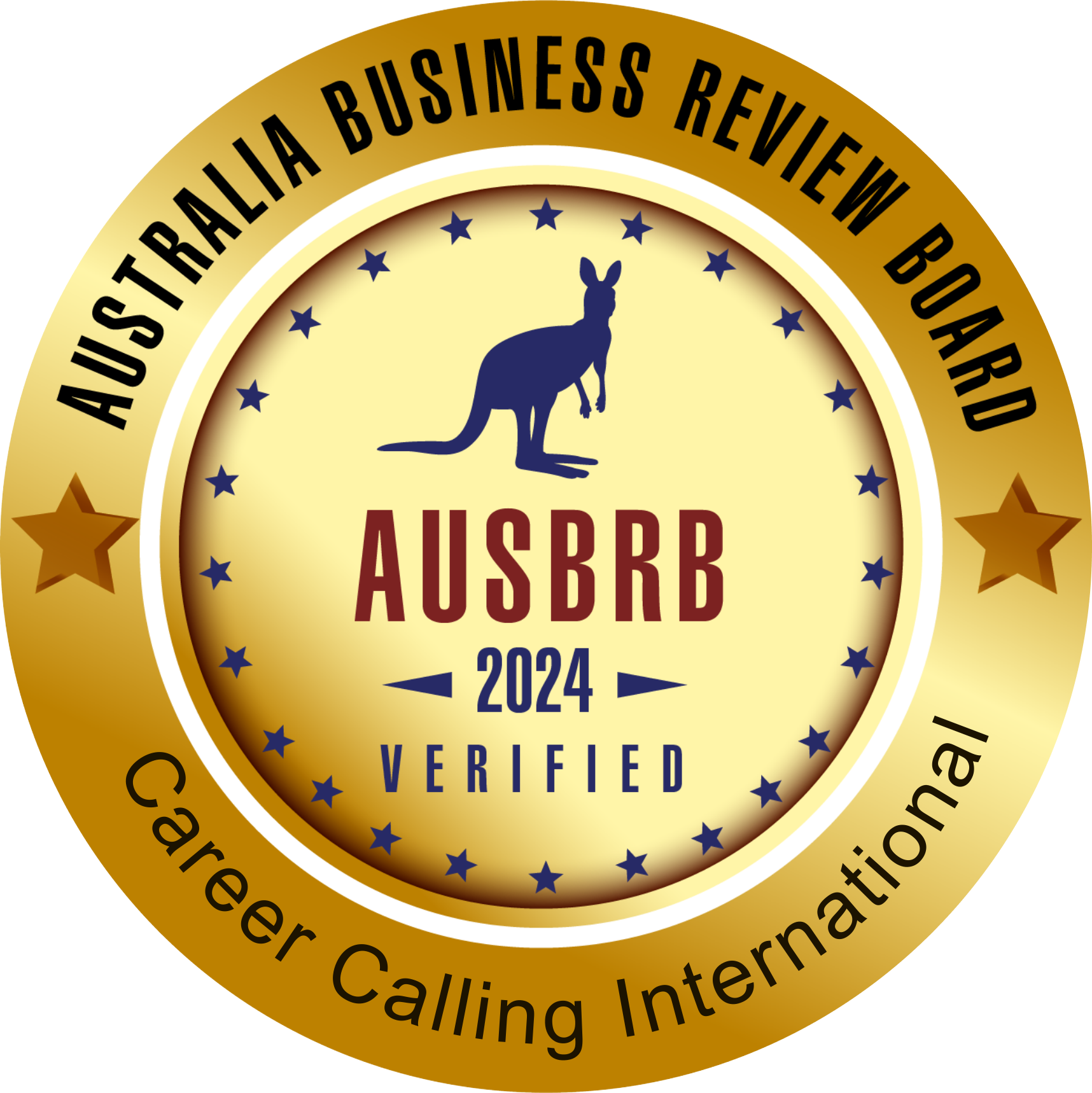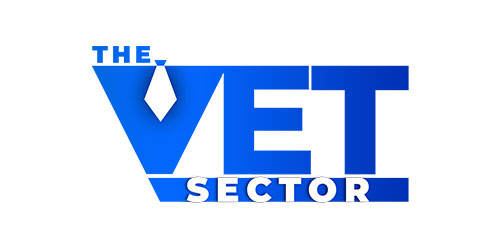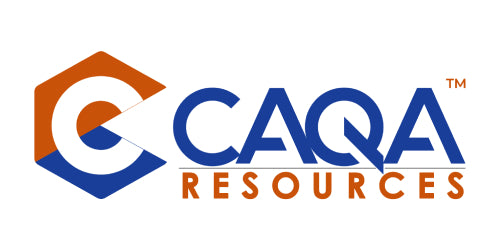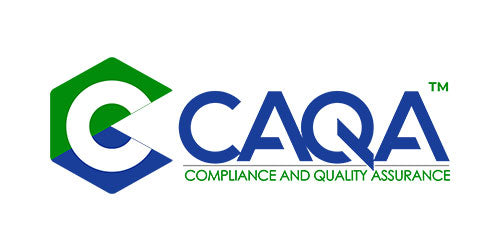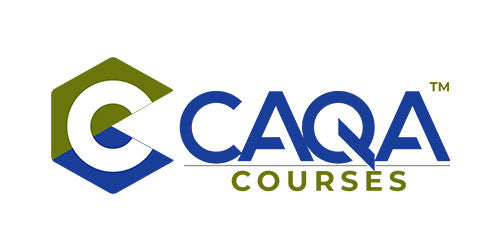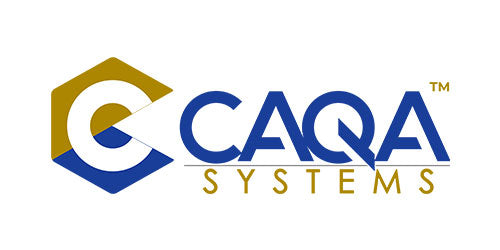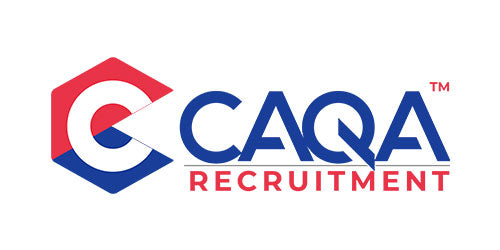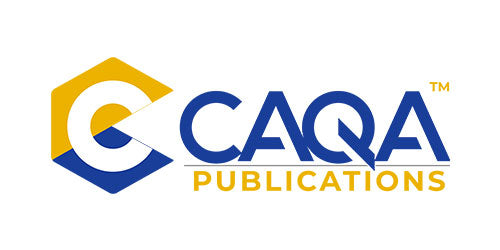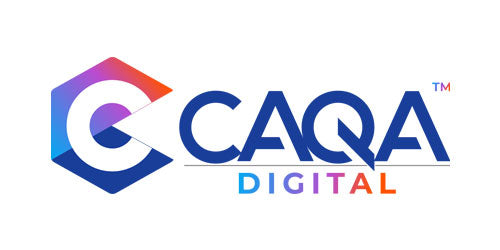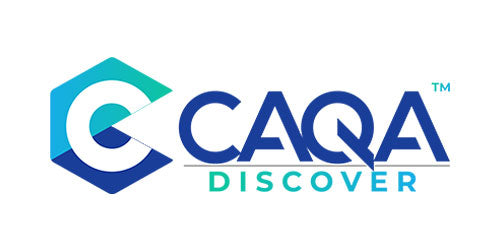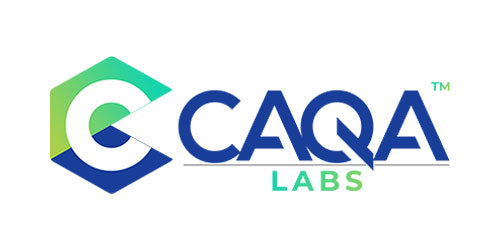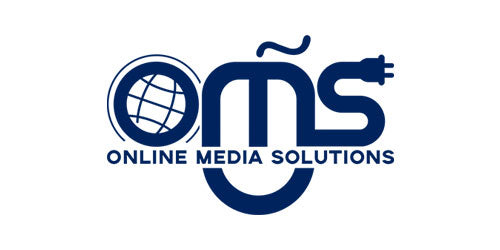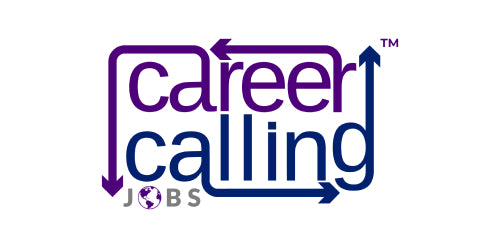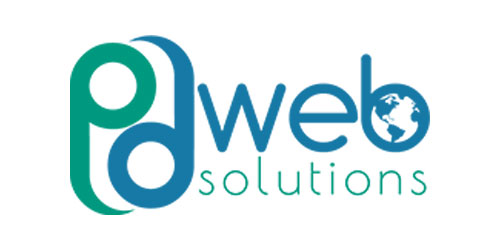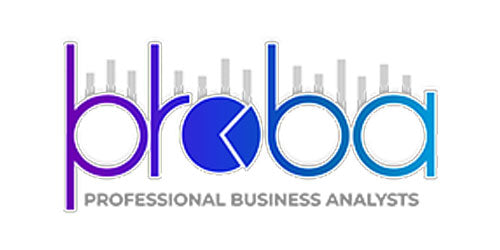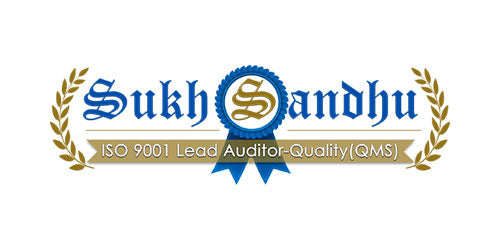As Australia's vocational education and training (VET) sector continues to thrive, an increasing number of individuals and businesses are exploring the prospect of launching their Registered Training Organisation (RTO). By starting an RTO, you gain the unique opportunity to provide nationally recognised training that addresses specific skills needs in the Australian job market. It's an investment in the future of education and workforce development that can also offer numerous business opportunities.
However, setting up an RTO is not an endeavour to be taken lightly. It demands a comprehensive understanding of the VET sector, careful planning, a significant investment of time and resources, and a commitment to maintaining the highest educational standards. This guide provides a thorough roadmap to starting your RTO, detailing the steps involved, the costs you'll encounter, the timeline you'll need to consider, and alternative pathways that may also suit your objectives.
Understanding RTOs
A Registered Training Organisation (RTO) is a recognized provider of Vocational Education and Training (VET). As an RTO, you have the responsibility of delivering practical skills training and granting nationally recognized qualifications to your learners.
Key Considerations for Starting an RTO
Before diving into the process of starting an RTO, it is important to consider the following key factors:
Understand the Requirements: The Australian Skills Quality Authority (ASQA) sets strict regulatory standards for RTOs. These standards cover everything from the quality of your training and assessment to your financial viability, administrative procedures, and the competence of your staff. Before you begin the registration process, you must familiarize yourself with these standards and be prepared to meet them consistently.
Research Your Market: Conduct thorough research to understand the skills gaps in local industries and identify the qualifications that will address these gaps and meet the needs of potential learners.
Develop Your Business Plan: An effective business plan outlines your objectives, identifies your target market, examines potential competitors, and lays out a detailed strategy for achieving your goals. It should include a financial forecast, marketing plan, operations plan, and a comprehensive risk management strategy. Remember, running an RTO is not just about education; it's also about managing a successful business.
Determine Your Scope of Registration: The scope of registration specifies the qualifications, courses, and training packages that your RTO is authorised to provide. Your scope should reflect the needs of your target market, your areas of expertise, and your business objectives.
Design Training and Assessment Strategies: Ensure that your training and assessment strategies align with the Standards for Registered Training Organisations (RTOs) 2015. These strategies should demonstrate compliance with the regulatory requirements.
Gather Infrastructure and Resources: Acquire suitable training facilities, learning materials, and technology that are aligned with the type of training you plan to provide. These resources are crucial for delivering effective training programs.
Staff Your RTO: Recruit qualified trainers and assessors who possess the necessary vocational competencies and are capable of delivering high-quality training. Building a skilled and dedicated team is essential for the success of your RTO.
Source or Develop Your Learning and Assessment Resources: You need to have high-quality learning and assessment resources for each of the training products on your scope. These resources should meet the requirements of the training package or accredited course and be suited to your learners and the mode of delivery.
Consider the costs involved: The Costs Involved
Establishing an RTO involves significant costs, including initial registration and annual fees, the cost of developing or purchasing training resources, staff salaries, and infrastructure costs. Understanding these costs up-front can help you budget effectively and set realistic financial goals for your organisation.
ASQA Fees
ASQA charges several fees as part of the RTO registration process. These include an initial registration fee, an application assessment fee, and an annual registration charge.
Training and Assessment Resources
Whether you decide to develop your resources or purchase them from a third-party provider, this will represent a significant proportion of your startup costs. The costs will vary depending on the qualifications and courses you intend to deliver.
Staffing Costs
Your staff is a crucial part of your RTO, and their salaries will constitute a substantial part of your ongoing costs. These costs will depend on the qualifications and experience of your staff and the size of your organisation.
Infrastructure Costs
You'll need to secure premises for your RTO and fit them out with the necessary equipment and resources. Depending on your delivery mode, you may also need to invest in a learning management system (LMS) for online training.
Timeline Considerations: The process of setting up an RTO can take anywhere from six months to two years or more, depending on various factors, including the complexity of your application and the responsiveness of your organisation during the application assessment process.
Understand Common Problems: Familiarize yourself with the common challenges and issues that RTO managers may face. This knowledge will help you anticipate and mitigate potential problems, ensuring a smoother operation for your RTO.
Complete Your Application: The process of applying for RTO registration involves completing and submitting an application form, providing a self-assessment against the Standards for RTOs, and supplying a comprehensive range of supporting evidence. ASQA will review your application and may conduct a site visit before granting registration.
RTO Registration Process: A Step-by-Step Guide
Initial Registration Application: The initial registration process is managed by the Australian Skills Quality Authority (ASQA). During this stage, you need to prepare and submit a comprehensive business plan, gain an understanding of the regulatory requirements, carry out financial viability risk assessment using an ASIC registrated accountant and gather the necessary documentation and evidence of compliance.
The Audit Process (ASQA Assessment): Following the initial application, ASQA will conduct an audit process that includes a risk assessment and a more in-depth audit. If any non-compliances are identified, you will be given an opportunity to address and rectify them.
Registration Timeline
The duration of the initial registration process typically ranges from 4 to 6 months. This timeframe includes the submission of your application, the initial assessment stage, as well as the risk assessment and audit stages conducted by ASQA.
Cost of Starting an RTO
Starting an RTO involves several costs, including:
Initial Registration Application Fee or Lodgement Fee
Assessment Fee
Annual Registration Fee: The annual registration fee for your Registered Training Organization (RTO) will vary depending on the number of qualifications offered and the total number of students enrolled in your programs. The fee structure aims to reflect the scale and scope of your RTO's operations, ensuring fair and equitable pricing while supporting the delivery of quality education and training.
Ongoing Costs: Ongoing costs include regular audits, maintaining and upgrading training resources, staff professional development, and administrative expenses.
Potential Revenue Streams
The primary source of revenue for an RTO is student fees. However, there are other potential revenue streams to consider, such as:
Government Funding Programs: Depending on the courses offered by your RTO, you may qualify for government funding programs, which can provide additional income.
Corporate Partnerships: Establishing partnerships with organizations and companies for customized training programs can generate revenue for your RTO.
Consultancy and Training Services: Offering consultancy services or specialized training programs to businesses or industries can be a lucrative revenue stream.
Online Courses and International Students: Developing and delivering online courses can attract a global audience, including international students who can contribute to your revenue.
Short Courses and Workshops: Conducting short courses, workshops, or seminars on specific topics of interest can generate additional income.
Sale of Training Materials or Resources: Selling training materials, such as textbooks, workbooks, or e-learning resources, can provide a supplementary revenue stream for your RTO.
Alternatives to Starting an RTO
If starting an RTO seems overwhelming or impractical, there are alternative options to consider:
Partnerships with Existing RTOs: Collaborating with established RTOs through partnerships or joint ventures can allow you to leverage their resources, expertise, and accreditation.
Subcontracting: Subcontracting with an existing RTO enables you to deliver training on their behalf, eliminating the need for full RTO registration.
Course Accreditation: Rather than establishing an entire RTO, you can explore the option of accrediting specific courses under an existing RTO.
Consultancy and Training Services: Instead of starting an RTO, you can offer consultancy services or deliver training programs as an independent consultant or contractor.
Employment in Existing RTOs: Working for an existing RTO as a trainer or assessor allows you to contribute to the industry without the burden of starting and managing an entire organization.
The conclusion
Establishing an RTO is a complex process that demands commitment, resources, and a deep understanding of the VET sector. However, with thorough planning and a clear vision, it can be a rewarding journey that allows you to make a significant contribution to Australia's skills development and workforce readiness. As you embark on this journey, remember the importance of maintaining the quality of training and assessment, meeting regulatory standards, and continuously improving your services to ensure the success and sustainability of your RTO..
Suggested Read: Fueling RTO Success: The Imperative of High-Quality Training Resources
















